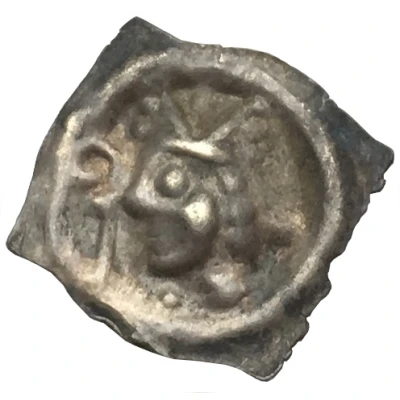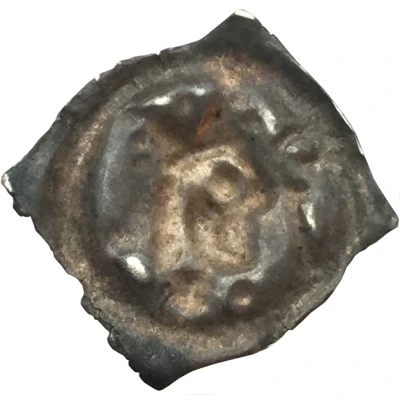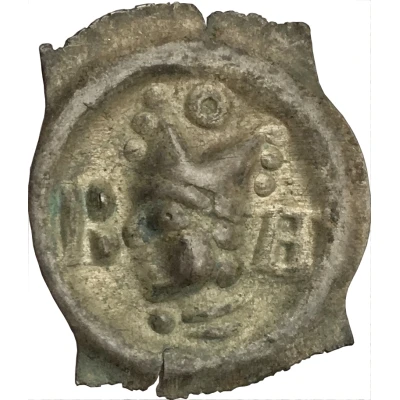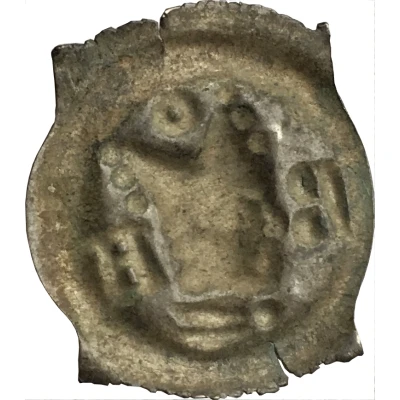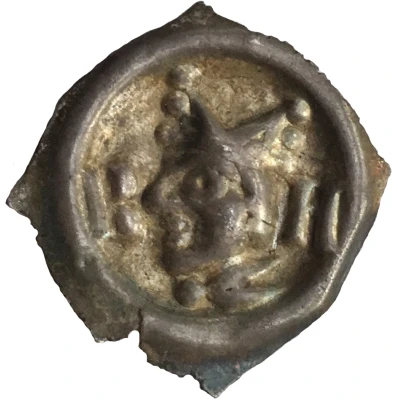
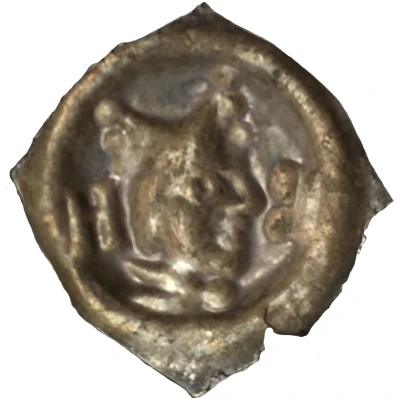

© apuking (CC BY-SA)
Pfennig - Johann II Senn von Munsingen ND
| Silver | 0.3 g | 16 mm |
| Issuer | Bishopric of Basel |
|---|---|
| Bishop | Johann II von Munsingen (1335-1365) |
| Type | Standard circulation coin |
| Years | 1335-1365 |
| Value | 1 Pfennig |
| Currency | Pfennig (1191-1382) |
| Composition | Silver |
| Weight | 0.3 g |
| Diameter | 16 mm |
| Shape | Round with 4 pinches |
| Technique | Incuse |
| Demonetized | Yes |
| Updated | 2024-10-07 |
| Numista | N#112482 |
|---|---|
| Rarity index | 93% |
Reverse
Uniface, incuse of reverse.
Edge
Plain
Comment
Type 1:Long nose type
type 2:
Short nose type
Interesting fact
One interesting fact about the Pfennig coin is that it was minted during a time of great economic and political change in Europe. The coin was issued during the reign of Johann II Senn von Munsingen, who was the Bishop of Basel from 1335 to 1365. During this period, the Bishopric of Basel was an important center of power and influence in the region, and the coinage issued by the bishop was used widely in trade and commerce. The fact that the coin was made of silver, which was a valuable and sought-after metal at the time, speaks to the wealth and prosperity of the region. Additionally, the coin's design, which features an image of the bishop and other symbols of authority, reflects the political and religious power structures of the time. Overall, the Pfennig coin is a fascinating piece of history that provides a glimpse into the economic, political, and social changes that were taking place in Europe during the 14th century.
